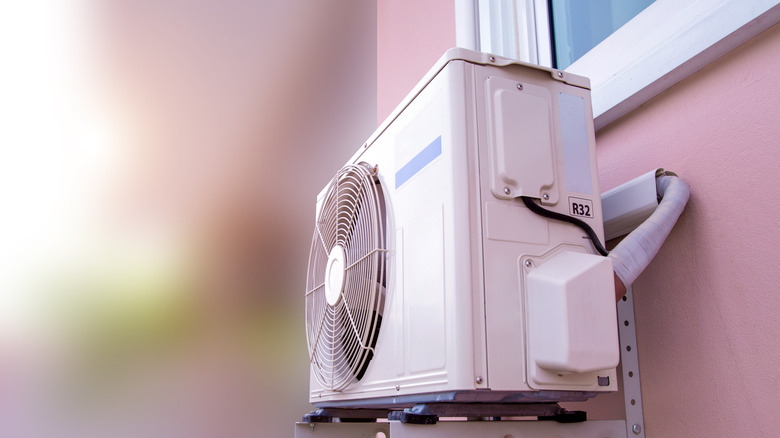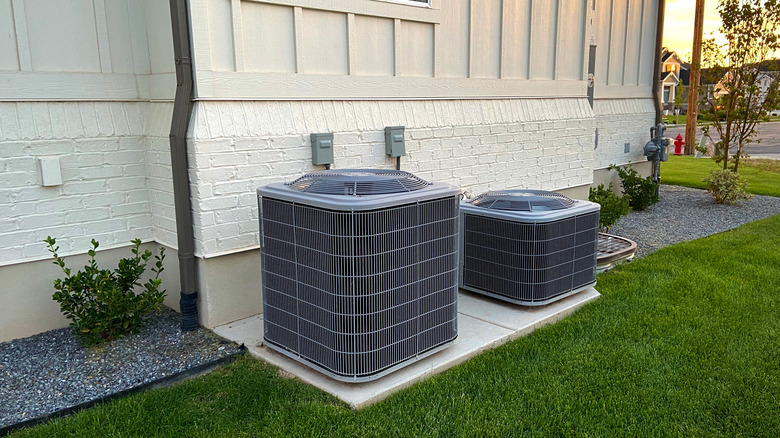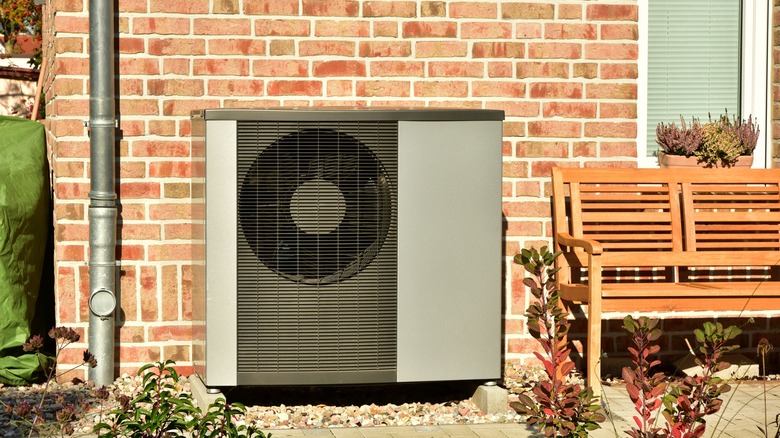What Does HVAC Stand For?
You may have heard the term HVAC but also have questions about its meaning or usage. When it comes to your home, knowing the different words or abbreviations for appliances and units can help make it easier to fix them and engage with each one day-to-day. Your HVAC system is a very important part of your abode and helps regulate the temperature, airflow, and environment within. The term HVAC stands for heating, ventilation, and air conditioning and sums up all the components that make your home's interior more comfortable. While the abbreviation is fairly straightforward, you might be surprised to find that HVAC systems comprise much more than just an air conditioning unit and furnace.
These complex systems are also made up of air purifiers, which help pull out detrimental particles that could be harmful to you and your family. According to Safety Culture, HVAC systems also include ducts, compressors, filters, exhaust outlets, a blower, and coils. These integral components all work together to keep your house warm in the winter and cool in the summer.
What is an HVAC unit?
Knowing what parts and pieces make up your HVAC system allows you more insight into how it works. This unit is responsible for pulling in air to heat or cool a house, depending on the season and what you set your thermostat to. Once it has changed the air to the correct temperature, it blows it back into the interior rooms to regulate the environment. According to General Air, there are four main HVAC systems. The four different types include heating and cooling systems that come packaged together, a split system, duct-free units, and hybrid systems.
The split systems have two different units which blow in cold air or hot and are fairly popular in residential builds. Hybrid split systems can save consumers money by incorporating electric heating that works more efficiently to heat a home by exerting less energy. Duct-free units are installed in every room, allowing you to decide what temperature you want in each space. The controls are installed and set up on the walls so individuals can change them depending on their preference of environment at that moment. Packaged heating and air units take up less space than the other options but are predominately found in places that boast warmer temperatures already since the heaters aren't as strong.
How does an HVAC unit work?
HVAC systems are created to bring in air and heat it or cool it, depending on your needs. In order to do this, ducts, fans, and blowers are used to pull in outside air and convert it. Filters help keep out bad particles, allergens, and other spores that might be harmful. Air conditioning is created by coils, which cool the fresh air and bring it to a lower temperature. According to Boxt, air conditioning also helps keep humidity in the home under control. The heating portion of your HVAC system works through a furnace, many of which are gas-fueled, and uses an exchanger to warm up the air before pushing it back into the house through ducts.
If your unit has a heat pump, it brings in the hot air that is then soaked up by a refrigerant before being pushed out of the house. This cools down the place because any warm flows are taken out of the equation. A pump can also heat your home through a reverse process from the cooling one. This includes the use of coils and refrigerant, which warms the air up before blowing it into the desired rooms.


